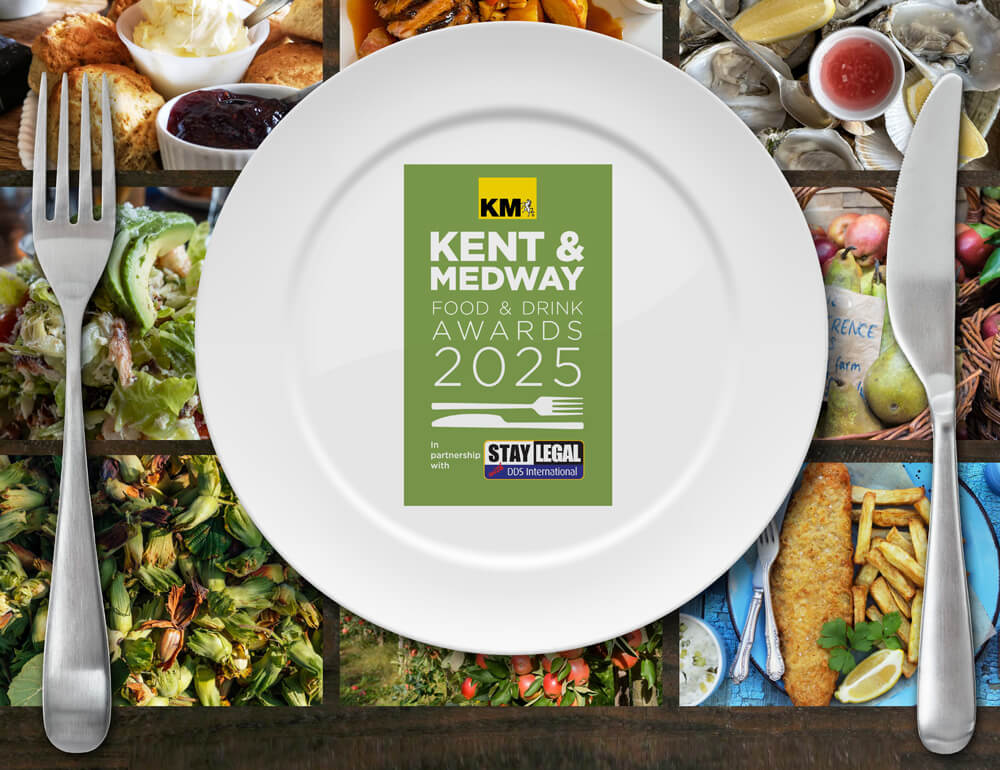Three Thames Crossing options unveiled
11:17, 21 April 2009
updated: 11:17, 21 April 2009
Three new options for a Thames crossing in Kent have been unveiled.
A government study outlines potential solutions to the growing problem of congestion at the Dartford Crossing.
It follows a planning inquiry two years ago, which threw out an alternative crossing linking Thamesmead to Beckton.
Now the proposals on the table are:
• At the site of the existing crossing
• Between the Swanscombe Peninsula and the A1089
• From east of Tilbury to east of Gravesend to the M20.
The transport department study also calls for a radical overhaul of how the crossing works.
This includes the possibility of improving the layout of the toll plazas or applying one-way tolls on the existing crossing.
It is hoped these could deliver short-term improvements to traffic flow.
The DfT will now look in more detail at the shortlist of options, put forward by Transport Minister Andrew Adonis.
He said: "The Dartford-Thurrock river crossing is a vital transport link for both the national and South East economies, which has brought huge economic benefits and opportunities.
"However, many more vehicles want to use the crossing than it can accommodate and congestion here is likely to get worse in the future unless something is done.
"Following the completion of the first phase of a DfT-commissioned study, I am pleased to announce that further work is now to be carried out to look at improving journey time reliability and safety at the existing Dartford Crossing, alongside a more detailed analysis of potential options for a new crossing."
But the report has already been met with an angry reaction.
Richard George, of the Campaign for Better Transport, said: "It seems the Minister has a short memory: this Government’s last attempt to build a road bridge over the Thames was soundly defeated at public inquiry less than two years ago.
"Any new road bridge is likely to generate far more traffic than it can cope with, and make Essex and Kent even more car dependent than they already are."
The move would appear to blow out of the water an alternative proposal from Essex and Kent County Councils in 2007, which would have come ashore at either Grain or Cliffe.
What the study revealed
• The existing crossing is operating at or above its effective capacity for long periods
• Typical daily flows range from 145,000 to 150,000
• Flows show no pronounced morning or evening peaks - with traffic high throughout the day
• It has one of the highest levels of delay nationally
• The injury rate for the area around the crossing is twice the national average
• The crossing is acting as a bottleneck
• Without action, the situation is set to worsen significantly.








